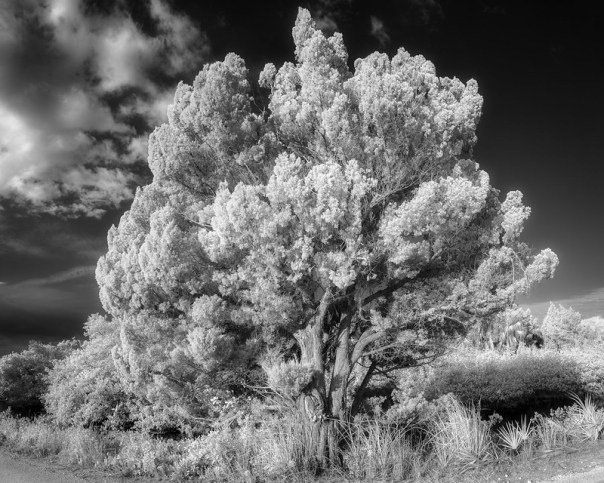There’s a lot going on at this city run park out in Christmas, Florida. I needed steps last Friday, so I got up early and took a walk. Hours are “Sunrise to Sunset”, but generally the gate is open about a half hour before sunrise. Plenty of time to catch some good light.
The quantity and variety of wildlife is remarkable. I’ve seen occasional deer, bobcat, raccoons, and otters in the past – and alligators and our common wading birds are plentiful. Winter migrants are also arriving.
 Eastern Phoebe (winter visitor)
Eastern Phoebe (winter visitor)
 Savannah Sparrow (winter visitor)
Savannah Sparrow (winter visitor)
Other migrants I came across included Belted Kingfishers, Black-necked Stilts, and Palm Warblers.
Spoonbills have been numerous there in recent years, but I only saw one this time. Maybe more will show as we get closer to springtime.
There were other unusual things too:
I noticed this Grebe surface with what I thought was a fish. But when I got a better look I could tell it was a large crayfish. It had a precarious hold at first. As I watched for about a minute, it adjusted its grip and eventually swallowed the whole thing. The crayfish looked bigger than the bird’s head!
Other birds I spotted: Black Bellied Whistling ducks, Mottled Ducks, Coots, Common Gallinules, Red-shouldered Hawks, Sand Hill Cranes, Limpkins, Wood Storks, juvenile and adult Little Blue Herons, Great Blue Herons, Snowy and Great Egrets, Common Yellowthroats, Red-winged Blackbirds, Glossy and White Ibis, Anhingas, Black Vultures, and I’m sure others I missed.
There are on-going or planned projects that’ll make this park even better. They’re currently “demucking” cell 13 (far corner from the entrance). And they’ve prepared a site for a new visitor center at the first corner as you hike north from the entrance. I’m also looking forward to new vantage points a future boardwalk over lake Searcy should provide.
If you take a look at all the posts I’ve written about it, you’ll probably be able to tell that Orlando Wetlands is one of my favorite places . If you haven’t been, go. It’s a Central Florida Photo Ops “must do”! You can see more of my photos from there in this album on Flickr. And this Flickr group will show you other folks photos.
Thanks for stopping by and reading my blog. Now – go make some photos!
©2019, Ed Rosack. All rights reserved
















































